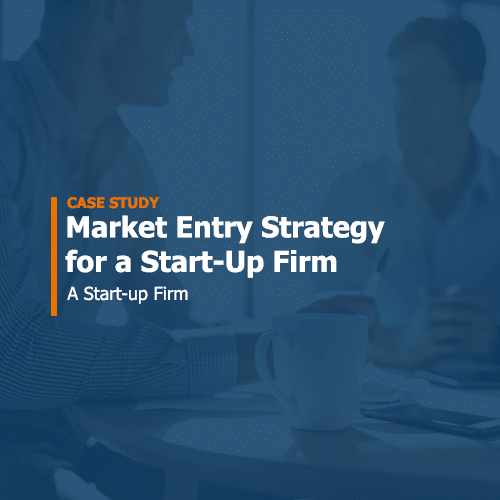Sensors and Instrumentation
The last 10 years have strongly demonstrated the degree of impact and value sensing technologies play in everyday lives with their exponential use in consumer devices and beyond. Internet of Things (IoT), a major current trend, fundamentally relies on widespread proliferation of devices with one or many types of sensors. Through our continuous tracking and monitoring of both technology and product developments, the cluster is uniquely positioned to analyze and predict technology and market trends, identify challenges and opportunities for companies in different geographies and industries, and provide continuous cutting-edge insights.
Domain Expertise

Drones

Sensor Fusion

Ubiquitous Wireless Sensors

M2M

Touchless Sensing

Smart Sensors

CBRNE Detection

Energy Harvesting
Key Research Focus Areas
Advanced/Smart/Intelligent Monitoring & Control
- Wearable Sensors – Sensors, Wireless Communications, Touch Sensors, Integrated Senors with enhanced sensing and signal processing.
- Touchless Sensing
- Quantified Self
Ubiquitous Sensing
- Wireless Sensors and Control – Reduced Power Consumption;
- Ease of Network Integration
- Sensor Fusion
Highly Sensitive, Miniaturized Sensors
- Nanosensors-CNTS, nanomaterials
- Nanofabrications Technology
- MEMS Sensors
Industrial Automation
- 3D Machine Vision – Vision Sensor
- Energy Harvesting – Machine Vibrations, Thermal Energy; Harvesting Electromagnetic fields for transmission line monitoring
- M2M
Low Power Sensors
- Energy Harvesting
- Sensor Networks
Enhanced Security
- Handheld CBRNE Detectors; Stand-Off Detection
- THz Technology, Lidar, Nanosensors
- Smart Sensors – Home Automation
Value Proposition
Key Questions of Clients
Whom should I partner with?
What is the National Roadmap and what are the best practices adopted by other countries?
What are the R&D areas I should focus on?
What is the opportunity for the technology in 5 to 10 years?
What are the attractive markets for my technology?
What are the technologies I should invest in?
Who are my competitors and what are they doing unique?
Which region should I gain entry?
Engagement Types
- Assessment of R&D portfolio
- R&D management
- IP Consulting
- Technology investment Opportunities
- Evaluation of funding initiatives
- Merger and acquisition opportunities
- Identification of strategic alliance partners
- Technology Roadmap
- Market Opportunity analysis
- Competitive intelligence
- Evaluation of nation innovation indicators and country’s best practices
- Technology and patent valuation
- Business model innovation
Case Studies
Are YOU ready to embrace transformation?
Frost & Sullivan has six decades of experience analysing industry transformation and identifying innovative growth opportunities. Start your transformational journey that, fuelled by four powerful components, will ensure your success in navigating the ever-changing landscape of your industry.
Schedule a Growth Dialog with our team to dive deeper into transformational strategies and explore specific needs within your company.
Become a Frost Growth Expert in your area of specialization and share your expertise and passion with the community through our think tanks.
Join Frost & Sullivan’s Growth Council and gain access to leading global executives and think tanks focused on the transformational growth strategies of the mobility industry.
Designate your company as a Company to Action to increase exposure to investors, partnership potential, new M&A opportunities, and other growth prospects for your business.






